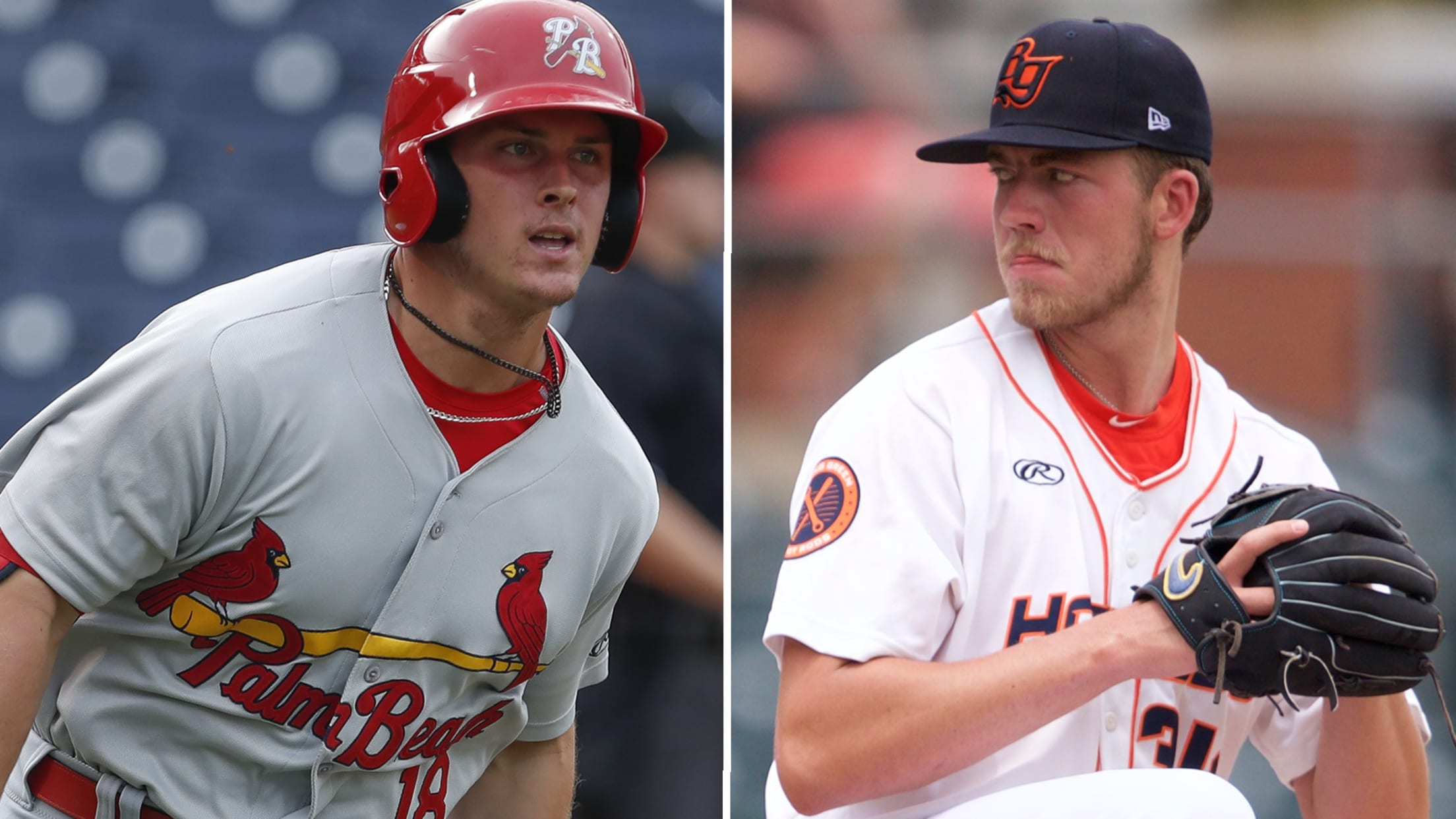No one likes a cheater, but Major League baseball players take cheating more personally than other professionals. The fallout on the Houston Astros cheating has been extreme, when you consider that sign-stealing is a time-honored tradition in baseball. The Astros just took it to the next level, using centerfield cameras to steal the catcher’s signals.
Of course they won a World Series using the technology, and that was the worst of it. No one likes a successful cheater, least of all. And perhaps their World Series title should have been confiscated and their batting averages asterisked, but they weren’t. So another season opens and hopefully to less cheating.
In contact sports like football and basketball, every play offers an opportunity for retaliation. Often professionals can do physical damage to their opponents without a referee even noticing. As a result retaliation is less discussed and more enacted. So football and basketball players may sound less vindictive than baseball players, even though they know their way around acts of revenge.
In baseball there are mainly two pressure points for retaliation, the batter at the plate and the pivot man at second base. It is clear some players will seek this form of retaliation, even with a page turned on a new season. Pitchers and base runners have been known to seek revenge months after a perceived offense. “It’s anger. I feel like every single guy over there needs a beating. It’s wrong. They’re messing with people’s careers.” commented Braves outfielder Nick Markakis. Astros’ manager Dusty Baker feared that his hitters would be targeted at the plate. Baker is not known as an alarmist. Watch for the “message” pitch to be thrown at a few Astros hitters. Watch for the slide into second base, trying to snag a piece of an Astros pivotman on the double play. The umpires will be watching.
Baseball fans seem to follow the vindictive streak of the players. Astros’ third baseman Alex Bregman took some heat for posing for an Instagram photo with some fans on a couch. “Can’t wait till you get beaned in the face!” wrote jgmckennal6. “built4 rap” declared, “Your team and players weren’t punished enough, therefore we true MLB fans who care about the integrity of the game will continue to drag you guys through the mud for the foreseeable future.” The comment evoked 169 replies.
Baseball players take personal offense too easily, quickly claiming another player is “showing them up,” if they saunter around the bases or flip their bat when drawing a base on balls or hitting a home run. Yet it looks so petty and makes the players look like juvenile whiners. Probably they just need an outlet for their frustration, but get fewer opportunities to vent than the contact sports. Just the brushback pitch and the purposeful slide into second.
But that is the nature of the non-contact game. It is the reason many capable football players choose baseball, when their talent allows it. Fortunately less contact, more pure skill. Unfortunately more whining and purpose pitches.
Perhaps the Astros deserve some booing to be reminded they are cheaters, but it is also another season, and presumably the cheating has ended. Let’s get on with. Punishment should have an expiration date.


 What have you done for me lately, Dave Dombrowsky? The answer for the Red Sox was “Not enough,” so the three-year tenure of Dave Dombrowsky came to an end today.
What have you done for me lately, Dave Dombrowsky? The answer for the Red Sox was “Not enough,” so the three-year tenure of Dave Dombrowsky came to an end today.





